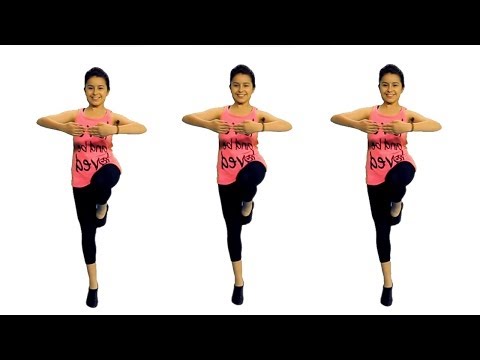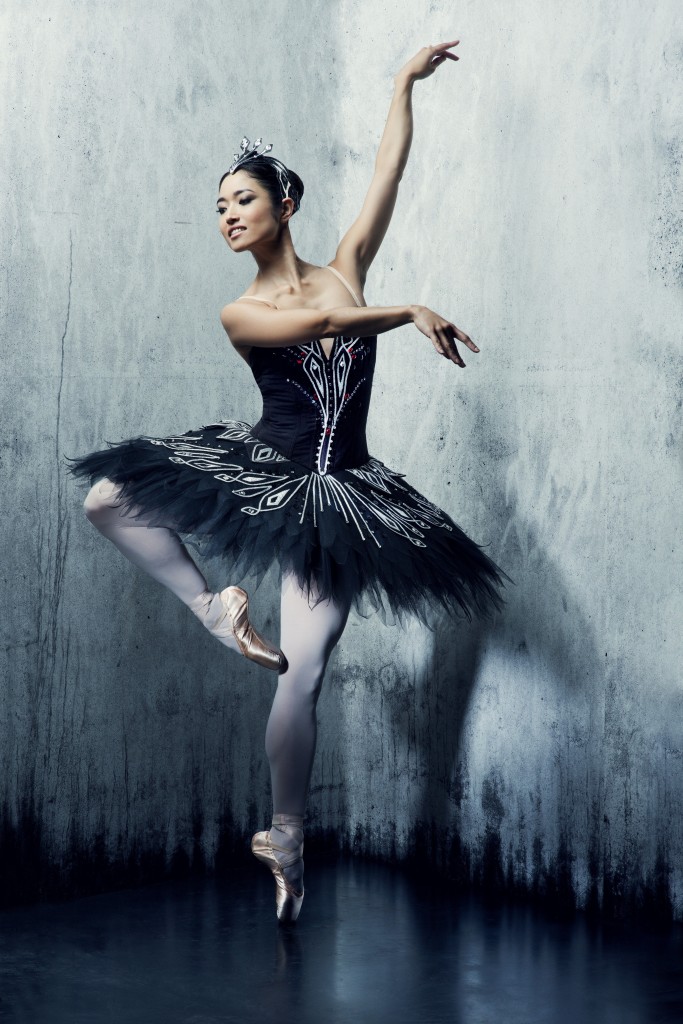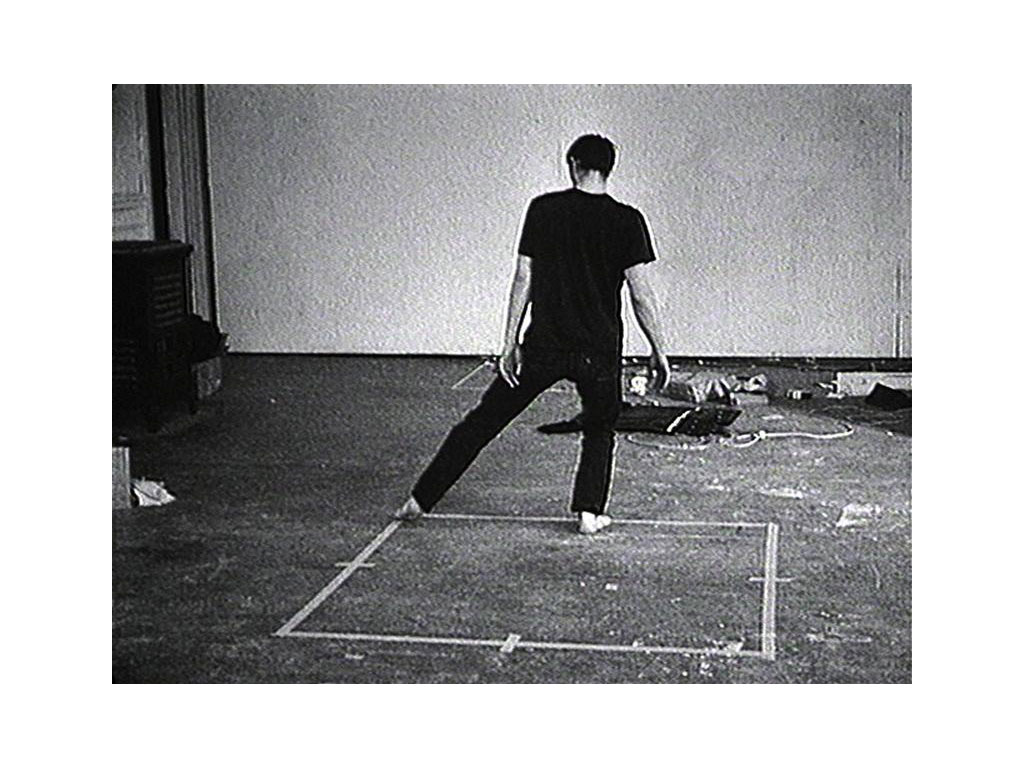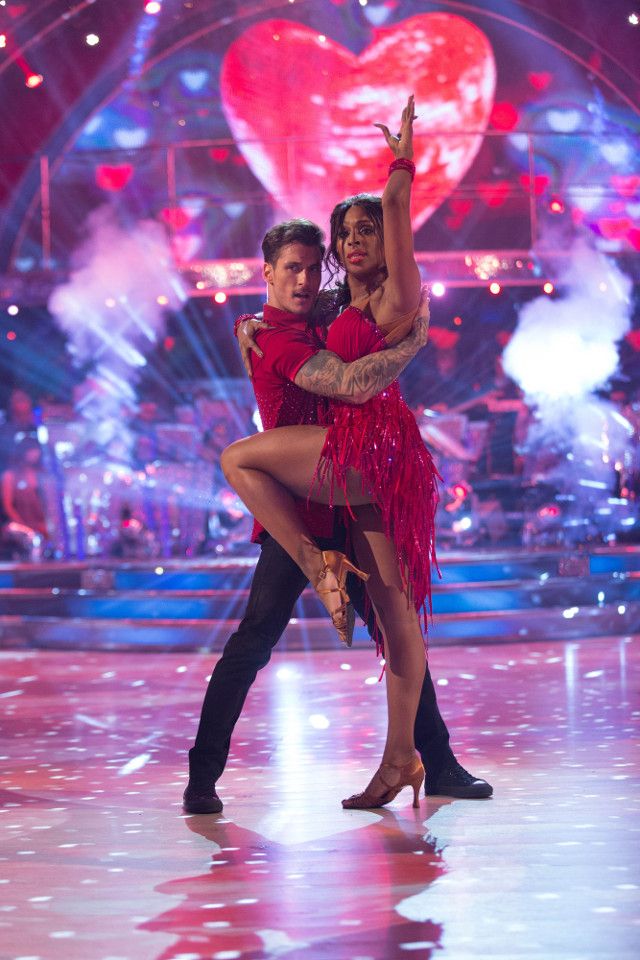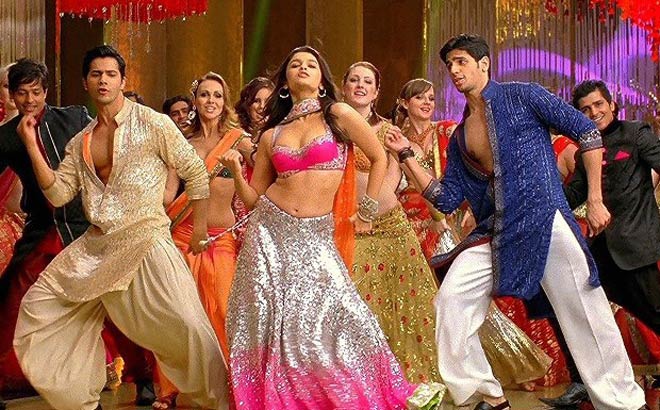How to dance around the world
16 Dances Around the World to Get You Grooving
START
And now, a global story of movement and music.
One of the best ways to get to know a country is not just through its music, but through the movement it inspires. Around the world, dance has served for centuries as a form of artistic expression, religious enlightenment, and storytelling. The currents of history, too, roll through many dances whose intricate steps and syncopated beats are a product of clashing civilizations, slavery, and immigration. From Ethiopia’s shoulder-bouncing eskitsa to the whirling dervishes of Turkey, journey around the world with these 16 dance-crazes.
1 OF 16
Pow Wow
WHERE: United States
A pow wow isn’t a dance, per say, but rather a dance competition where performers from a variety of Native American traditions prance, leap, and promenade. Dressed in the regalia of their people, elaborate outfits that incorporate headdresses, feather bustles, and long fringe, many of the dances tell stories of or pay tribute to the natural world. As they spin across the arena, the stylized steps of the dancers move to the beat of rhythmic drumming and melodic singing that combines lyrics in native languages with syllables like “hey,” “loi,” and “ya.” Among the most mesmerizing dances performed at pow wows are the Southwestern hoop dance, in which the dancer juggles, balances, and jumps through more than a dozen hoops, and the jingle dance, an Ojibwa-originated healing dance performed by women in dresses strung with tiny tinkling tin cones.
INSIDER TIPPow wows take place throughout the year from California to New England but the largest, the Gathering of Nations, is held annually on the fourth weekend in April in Albuquerque, New Mexico. The three-day event brings together close to 800 North American Indigenous communities to compete in dancing, singing, and drumming.
2 OF 16
Breaking (Breakdancing)
WHERE: United States
Breaking, or breakdancing, emerged out of New York City in the early 1970s against a backdrop of increasing crime, unemployment, and social unrest. The first b-boys were almost entirely African American youth, whose gymnastic improvisation included moves like head spinning, hand hops, windmills, and complex footwork performed to looped and remixed beats. Fifty years on, breaking has spread to a number of countries around the world and both b-boys and b-girls in the US hail from every ethnic community. Like they did in the beginning, informal battles between solo artists and crews still rock city streets and onlookers gather in a “cypher” (a circle) around the competitors to watch the dancers show off their best tricks and power-moves.
The first b-boys were almost entirely African American youth, whose gymnastic improvisation included moves like head spinning, hand hops, windmills, and complex footwork performed to looped and remixed beats. Fifty years on, breaking has spread to a number of countries around the world and both b-boys and b-girls in the US hail from every ethnic community. Like they did in the beginning, informal battles between solo artists and crews still rock city streets and onlookers gather in a “cypher” (a circle) around the competitors to watch the dancers show off their best tricks and power-moves.
INSIDER TIPTo see the best of the best b-boys and b-girls, check out an international breaking competition live or in the 2007 documentary ‘
Planet B-Boy.’
3 OF 16
Haka
WHERE: New Zealand
In Maori mythology, the haka is a celebration of life. Most often, though, the only one facet of the haka is performed, the peruperu, or war dance that draws out the movements of the body in a symphony of stomping, grunting, and tongue lolling performed to rhythmic chanting or shouting.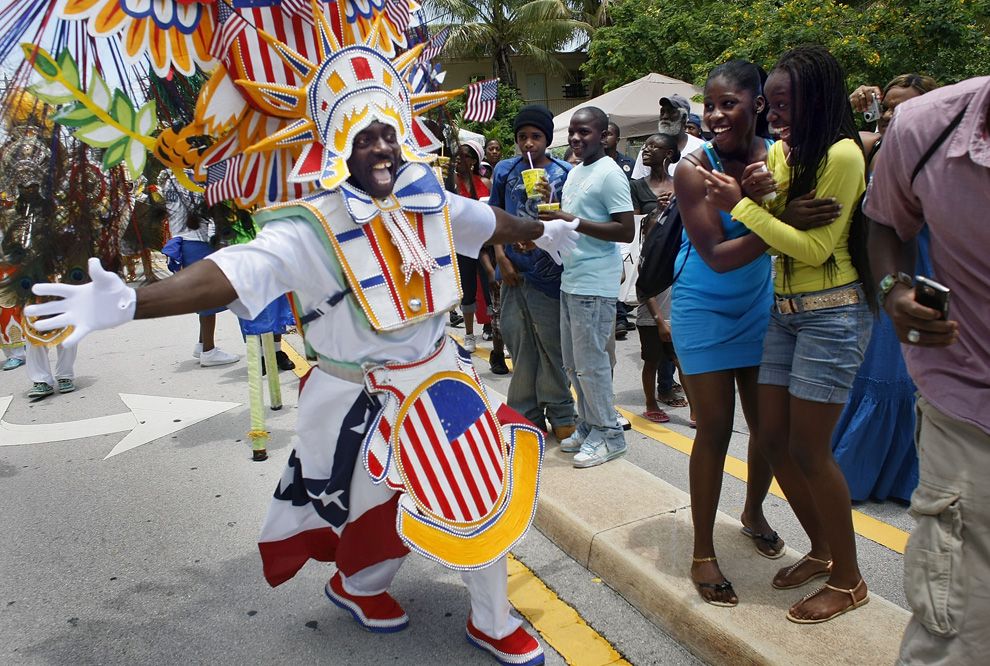 Even New Zealand’s national rugby union team, the All Blacks, perform a version of a war haka before matches. For the Indigenous community of New Zealand, though the dance takes a variety of essential forms, including the tūtū ngārahu, in which the dancers jump from side-to-side, and the more subdued manawa wera which is typically performed at funerals.
Even New Zealand’s national rugby union team, the All Blacks, perform a version of a war haka before matches. For the Indigenous community of New Zealand, though the dance takes a variety of essential forms, including the tūtū ngārahu, in which the dancers jump from side-to-side, and the more subdued manawa wera which is typically performed at funerals.
4 OF 16
Kabuki
WHERE: Japan
Japan’s kabuki is part dance, part drama—a theatrical art whose origins can be traced back to Kyoto at the turn of the 17th century. In its earliest form, women filled the roles of both male and female characters in short comedic plays with bawdy and sexually suggestive undertones. Later it was men who took over both male and female roles. Over the centuries, as kabuki evolved, it became a five-act performance that fell into one of three categories: Japanese history, domestic drama, and dance pieces. Stylized movements and poses, faces painted in white rice powder and lined with colored kumadori, and colorful costumes all express the emotions of the characters.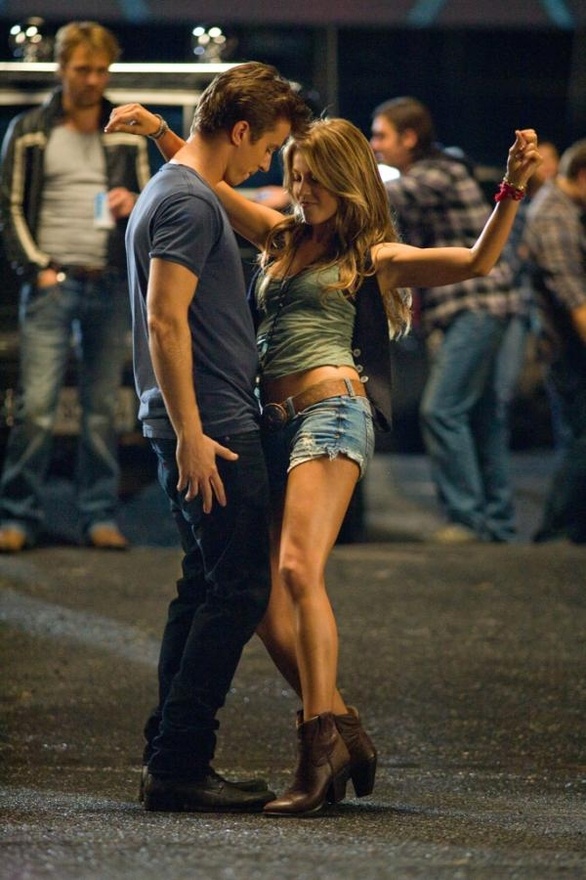 Meanwhile, theater tricks like trap doors and a revolving stage help to draw the audience into an event meant to keep them entertained for an entire day.
Meanwhile, theater tricks like trap doors and a revolving stage help to draw the audience into an event meant to keep them entertained for an entire day.
INSIDER TIPKabuki is regularly performed in Japan including at Tokyo’s Shinbashi Enbujo Theatre, Osaka’s Shochikuza Theatre and the historic Minamiza Theatre in Kyoto.
5 OF 16
Royal Ballet of Cambodia (Khmer Classical Dance)
WHERE: Cambodia
There are no pointe shoes or tutus in the Royal ballet of Cambodia but the dance requires just as much skill as its European counterpart. An ancient art form that was first recorded in the royal courts of the 7th century, Khmer classical dance combines elaborate hand gestures and precise foot and leg positions to convey meaning and express emotion. There are only four basic characters in the ballet—male, female, ogre or aspara, and monkey—and their performances revolve around mythologies, traditional stories and romantic damsel-in-distress-type dramas. Each of the approximately 100 dances and dramas in the repertoire of the Royal Ballet is performed to the music of a “pinpeat” ensemble, xylophones, oboes, drums, and other instruments that accompany lyrical poetry sung in a chorus.
Each of the approximately 100 dances and dramas in the repertoire of the Royal Ballet is performed to the music of a “pinpeat” ensemble, xylophones, oboes, drums, and other instruments that accompany lyrical poetry sung in a chorus.
INSIDER TIPThough Khmer classical dance was almost lost during the brutal regime of the Khmer Rouge, a new generation of dancers have brought it back to life. Catch regular evening performances at the National Museum in Phnom Penh.
6 OF 16
Barong
WHERE: Indonesia
A barong, a traditional protective spirit, watches over each region of the Indonesian island of Bali. There are several on duty, including an old pig, a tiger, an elephant, and a dog-like creature. But it is the lion, the barong ket, who is most commonly seen, the protagonist of an epic dance battle between good and evil in which it confronts the Queen of Demons and her army of evil witches. The barong is played by two people hidden within a complex costume covered in thick fur, gold jewelry, and tiny mirrors.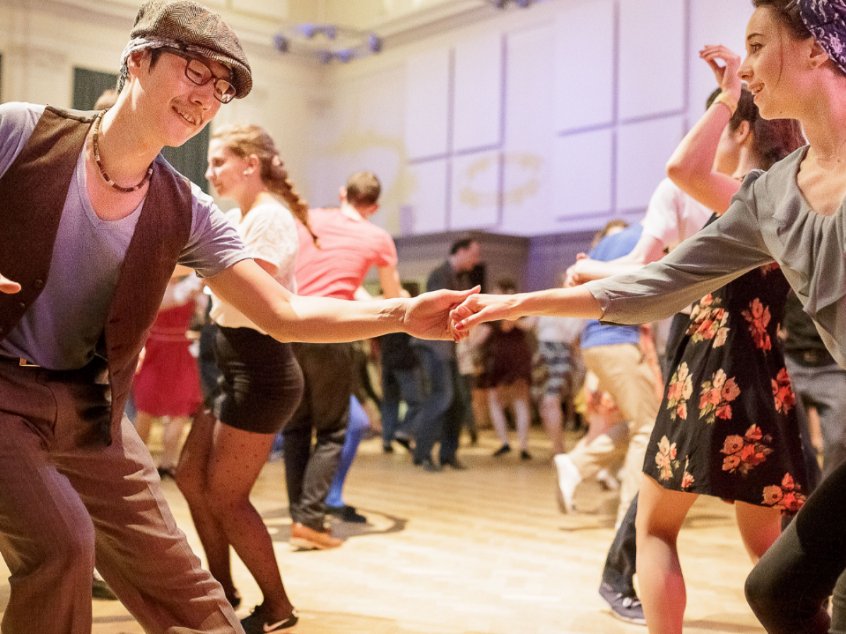 In the performance, they dance in synchronization until finally convincing the evil witches to turn their daggers on themselves and restore the balance of nature.
In the performance, they dance in synchronization until finally convincing the evil witches to turn their daggers on themselves and restore the balance of nature.
INSIDER TIPThe Barong Ket is performed several times a week in Ubud, including at the Ubud Palace on Wednesday and Friday evenings.
7 OF 16
Bhangra
WHERE: India
It used to be that bhangra dancing took place primarily in the fields of Punjab, India, the improvised moves of farmers busted out during the harvest season to make their chores just a little less boring. Away from the fields, farmers brought their dance to harvest-honoring cultural festivals where they’d form circles and execute a series of kicks, leaps, and bends to rhythmic music with a syncopated beat made by a dhol or double-headed drum. But even though bhangra was originally associated with the masculine values of a patriarchal society, today women also bust a move, especially in the Punjabi diaspora and on the Bollywood scene.
8 OF 16
Eskista
WHERE: Ethiopia
Eskista, a vigorous bouncing shoulder dance, hails from Ethiopia. Based on the movements of a snake’s “neck” (or so legend has it), the eskista is a highly technical dance that involves rolling the shoulder blades, thrusting the chest and popping the shoulders while the rest of the body stays relatively still. Though the eskista can be performed to pop music and sometimes shows up in music videos, it’s traditionally danced to upbeat Ethiopian folk music played on chordophones (stringed instruments), aerophones (wind instruments), rattles, and drums.
INSIDER TIPCheck out an eskista performance in Addis Ababa at one of two traditional Ethiopian restaurants, Yod Abyssinia or Habesha 2000.
9 OF 16
Adumu
WHERE: Kenya & Tanzania
Traditionally it’s young Maasai warriors who perform the athletic coming-of-age ceremonial dance, the adumu, in Kenya and Tanzania.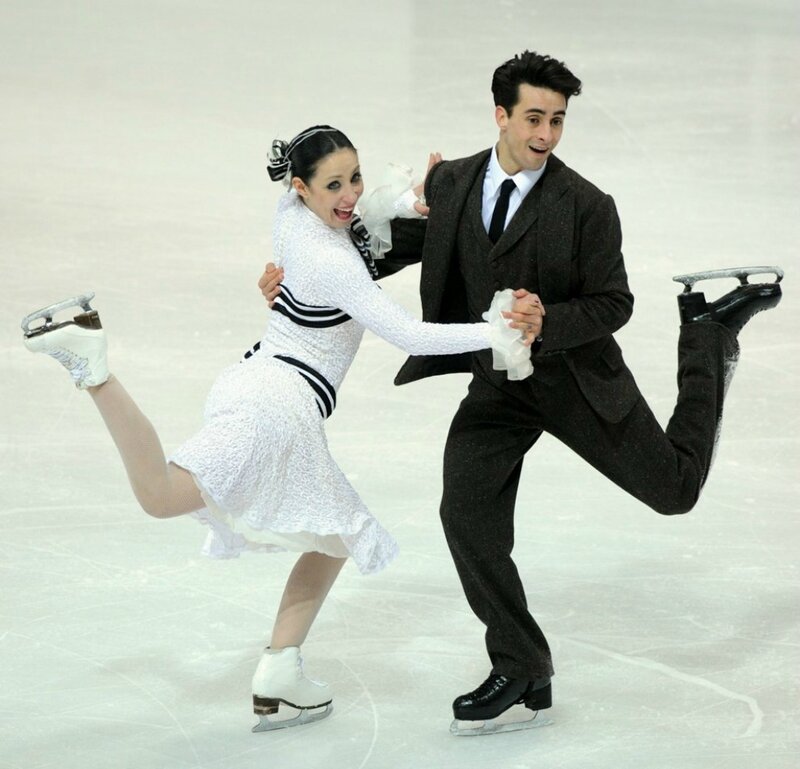 The dancers stand in a circle, bouncing and chanting in a deep, droning bass as one by one or two at a time the men move into the center to jump as high as they can over and over. The warrior that jumps the highest earns bragging rights for his impressive display of masculinity. Though women and children don’t dance the adumu, they chant along with the men as they watch the performance, raising the pitch of their voices along with the jumps.
The dancers stand in a circle, bouncing and chanting in a deep, droning bass as one by one or two at a time the men move into the center to jump as high as they can over and over. The warrior that jumps the highest earns bragging rights for his impressive display of masculinity. Though women and children don’t dance the adumu, they chant along with the men as they watch the performance, raising the pitch of their voices along with the jumps.
10 OF 16
Kpanlogo
WHERE: Ghana
While many of the dances from Africa are rooted in long-standing traditions, the kpanlogo developed out of the wave of American rock-and-roll that hit Ghana in the early 1960s. Like youth in other parts of the world, young people of the Ga ethnic group in the capital city of Accra were inspired by the never-before-heard new music to shake and shimmy in ways that were wholly unique. The dance they created was salacious for its time, performed close to the ground with deeply bended knees, a bended back and sexually suggestive motions. Kpanlogo music, too, developed locally to combine a sort of rhythm-and-blues beat with traditional Ga instruments like metal bells, gourd rattles, and drums.
Kpanlogo music, too, developed locally to combine a sort of rhythm-and-blues beat with traditional Ga instruments like metal bells, gourd rattles, and drums.
11 OF 16
Sufi Whirling (Whirling Dervishes)
WHERE: Turkey
While whirling looks like a dance to observers, it is actually a form of meditation for the dervishes, a mystical Islamic Sufi tradition from Turkey. The ecstatic spinning is part of a ritual practice that dates back to the 12th century. Wearing a white skirted frock, long sleeved white jacket, felt cap and turban, the dancers whirl to abandon their own egos, focus on god, and reach towards enlightenment. As they do, a singer accompanies them with hymns and short, enthusiastic songs. Both men and women can whirl but while the dance is performed regularly for entertainment by non-Sufis, the Turkish government has strict control over ritual performances. The Mevlevi order to which the whirling dervishes belong are permitted to publicly perform their ritual only two weeks each year.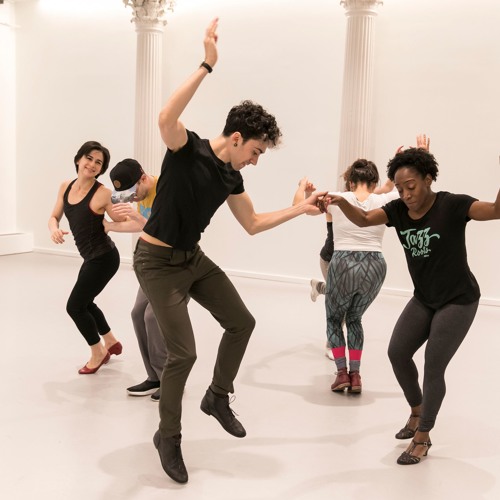
INSIDER TIPIn Istanbul, the Galata Mevlevi Lodge Museum hosts regular whirling dervish performances, as does the Hodjapasha Dance Theater which is housed in a 15th century Turkish bath.
12 OF 16
Hopak (Cossack)
WHERE: Ukraine
The hopak, the “National Dance of Ukraine,” is a traditional dance in which acrobatic feats are performed in unison. Best known for its squatting kicks and high, mid-air splits, the name of the dance comes both from the word “to jump” and from the exclamation the dancers utter as they leap, “Hop!” First created in the 16th century, the hopak was performed by young men eager to show off their manliness and strength. Modern hopak, though, is danced by both men and women to orchestral music which often ends with an explosive, fast paced march that tests the skills and stamina of the dancers.
13 OF 16
Flamenco
WHERE: Spain
The sultry Spanish flamenco originated in and around the southern state of Andalusia.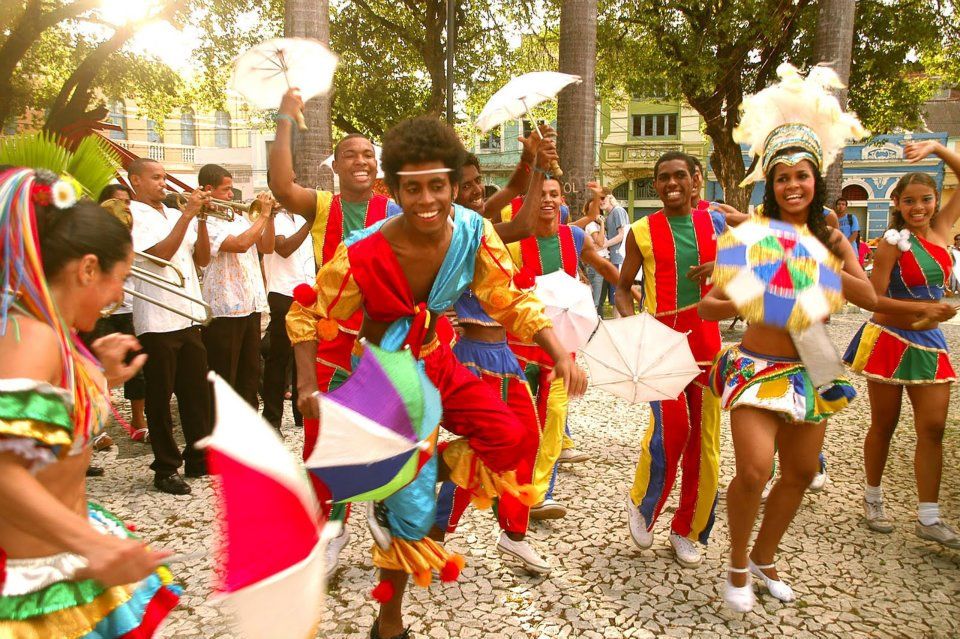 Influenced by Romani and Moorish traditions, flamenco is dance of intense concentration and emotion which centers around complex foot stomping, ballet-like arm movements, and clapping. Both men and women perform the flamenco, with women wearing stunning, form-fitting dresses that are tight in the bodice then flare out in tiers of flowing fabric that ripple with each stomp of the heel. Flamenco musicians are as important to the dance as the dancers, themselves. Classical guitar and haunting vocal melodies propel the dancers forward, their steps and postures providing the ensemble’s underlying rhythm.
Influenced by Romani and Moorish traditions, flamenco is dance of intense concentration and emotion which centers around complex foot stomping, ballet-like arm movements, and clapping. Both men and women perform the flamenco, with women wearing stunning, form-fitting dresses that are tight in the bodice then flare out in tiers of flowing fabric that ripple with each stomp of the heel. Flamenco musicians are as important to the dance as the dancers, themselves. Classical guitar and haunting vocal melodies propel the dancers forward, their steps and postures providing the ensemble’s underlying rhythm.
INSIDER TIPFlamenco is part of the fabric of Seville and it is performed regularly at the Museo de Baile Flamenco, Casa de la Memoria, Casa del Flamenco and at bars and restaurants around the city.
14 OF 16
Samba
WHERE: Brazil
A symbol of Brazilian identity, the samba is a dance style rooted in West African rhythm and movement. There are multiple styles of samba but the most common is the often-impromptu version samba no pé in which the dancer keeps their body straight and bends one knee at a time while moving their feet a few inches in a step-ball-change kind of movement. Danced to a syncopated drum beat that can show up in everything from bossa nova to rock to reggae, the most thrilling samba dancers to watch are the scantily clad women balancing massive headdresses at Brazil’s epic Carnival celebrations in the days before Ash Wednesday in February or March.
There are multiple styles of samba but the most common is the often-impromptu version samba no pé in which the dancer keeps their body straight and bends one knee at a time while moving their feet a few inches in a step-ball-change kind of movement. Danced to a syncopated drum beat that can show up in everything from bossa nova to rock to reggae, the most thrilling samba dancers to watch are the scantily clad women balancing massive headdresses at Brazil’s epic Carnival celebrations in the days before Ash Wednesday in February or March.
15 OF 16
Tango
WHERE: Argentina
The iconic tango was born on the docks of the Rio de la Plata in the late 19th century, a way for the lower classes to blow off steam. But in just over a generation, the tango had taken on a life of its own, spreading from Buenos Aires to Paris, London, and New York. There are different styles of tango but in the most popularized one, two partners hold each other in a close embrace as they glide across the floor to a waltz played on accordion, piano, and violin.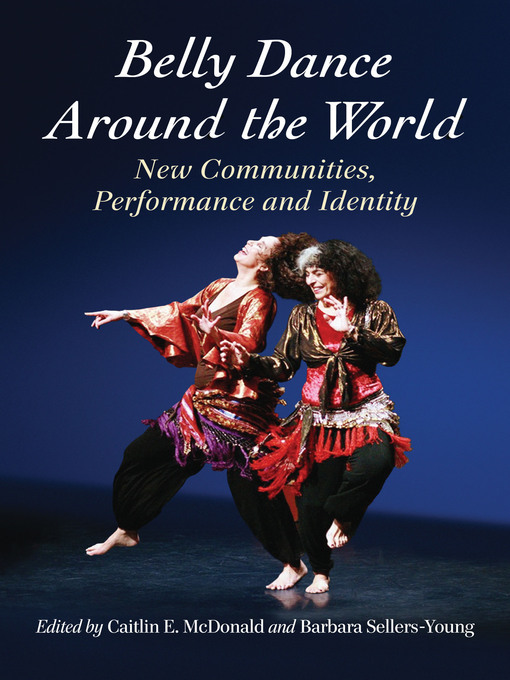 The most skilled dancers will never separate their chests (or hips) except when dipping or spinning in flourishes of flamboyant emotion.
The most skilled dancers will never separate their chests (or hips) except when dipping or spinning in flourishes of flamboyant emotion.
INSIDER TIPAdded to the UNESCO Intangible Cultural Heritage List in 2009, the tango is performed all over Buenos Aires at theaters like El Viejo Almacén and on the streets in neighborhoods like La Boca.
16 OF 16
Punta
WHERE: Belize, Guatemala and Honduras
It was the Garifuna, an ethnic group born of Indigenous islanders and escaped African slaves, who originated the Punta on the Caribbean shores of Central America. The dance is a pantomime between men and women who circle each other and rapidly jiggle their hips, butt, and feet while keeping their upper body still. The “hotter” the dance gets, the faster and more seductively the dancers dance, driven by the pulsating rhythm of the music and egged on by the hoots and hollers of spectators. The punta has ritual associations and was historically a part of the traditions around ancestral ceremonies and wakes. But since punta rock began to hit the radio airwaves in the late 1970s and 1980s, the dance and the music have become a part of everyday life both within and outside of Garifuna communities along the coast and islands of Belize, Honduras, and Guatemala.
But since punta rock began to hit the radio airwaves in the late 1970s and 1980s, the dance and the music have become a part of everyday life both within and outside of Garifuna communities along the coast and islands of Belize, Honduras, and Guatemala.
Talk to us!Login or create an account to comment
LoginRegister
8 ways to Dance Around the World
Photo courtesy of Thinkstock
Whether its salsa, the two-step or cha-cha slide, dance can capture our spirit is in movement and have a strong impact on the way we interact with one another. That rings true with each of these dances, which also serve to encapsulate the culture from which they originate. From welcoming the dead to jumping in the air, there’s nothing like putting on your dancing shows and immersing yourself in the way a destination moves.
ADVERTISING
Middle East: Belly Dance
It’s all about artfully moving the hips and the torso when performing your best belly dance. Although different variations of the dance can be found around the world, in the Middle East it makes an impact as a ritual that has existed for many years.
Whether performed in day-to-day outfits or eccentrically dressed, a belly dance is only mastered with great posture and the constant movement of the hips.
If you’re at a social event the form of belly dance known as the Raqs Shaabi is performed among celebrators. However, it’s during stage performances that the belly dance takes on a whole new persona with dancers attractively dressed in costumes that not only accentuate the body, but are made to wow the crowd by highlighting their stylish moves.
Africa: Agbekor
In many cultures, taking an oath simply means vocalizing a solemn promise loudly. But to Western Africans, taking an oath before going to battle meant partaking in a choreographed dance. This interesting vow is a war dance known as Agbekor, which incorporates several rhythms to the harmonious beats of drumming.
But to Western Africans, taking an oath before going to battle meant partaking in a choreographed dance. This interesting vow is a war dance known as Agbekor, which incorporates several rhythms to the harmonious beats of drumming.
Nevertheless, the dance did not die when its service as a pledge before war did. Agbekor is still in use today as a cultural performance that also includes different speeds when it is danced to “hatsiatsia” songs by the residents of Dzogadze in Ghana.
Indonesia: Saman Dance
Since the 16th century, the Saman dance (dance of thousand hands) has been one of Indonesia’s most treasured dance styles, and it is easy to see why. Beautifully decked out in bold costumes, participators of the Gayo community sit in a perfectly lined row.
Once the music begins, participants break into song while their hands spring into action with artistic movements, which include clapping and rhythmic slaps to the thighs as well as the chest while staying in sync with each other. Like most of Indonesia’s dances, the Saman dance is a revered tradition that constantly attracts audiences from around the world.
Like most of Indonesia’s dances, the Saman dance is a revered tradition that constantly attracts audiences from around the world.
So move over spirit finger dancers because the Saman dance incorporates the hands in such a creative way you won't be able to take your eyes off of this spectacular spectacle.
Japan: Bon Odori
Every cultural dance in Japan is an impressive display that is deeply rooted in history, and the same can be said about the traditional Bon Odori. After all, the dance does invite the spirits of the dead to play along, which means its intricate moves are just as captivating as the legends it conceals.
During the annual Bon Festival, Buddhist followers join in on the celebrations by welcoming the dead souls of their ancestors with the Bon Odori. Even though every Japanese city has its own style of the ancient dance, this three-day celebration is a beloved ritual that is commonly executed with local music that aims to lure the dead spirits into the festival’s mystical atmosphere.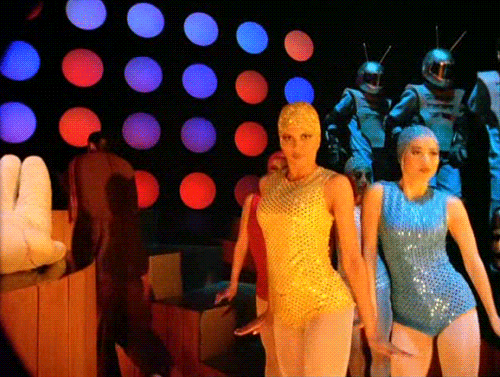
With each movement intricately depicting Japanese culture, if you thought flash dancing was fun, then you’d get a kick out of this street dance where ghosts are expected to make an arrival.
Poland: Krakowiak
With elaborate clothing and fast-paced techniques to match, you won’t be able to break away from Poland’s Krakowiak dance. That’s because this unique form of ballroom dancing mirrors an almost equestrian movement with stamping, jumping and even galloping.
Like many other dances around the world, the male typically takes lead while the females closely follow behind as singing and forming a circle are also interwoven into the dance. Just imagine showing off your moves by prancing around Polish style. Not only will you be able to rub shoulders with locals, but Krakowiak is a dance that literally requires dancers to kick up their heels.
Ukraine: Hopak
If you really want to get down like a Ukrainian, the Hopak might just come in handy. Not many dances come close to the kinetic stage presence like this 18th century tradition.
The Hopak is a show-stopper in itself, since performers have to be in great physical shape to attempt the high kicks, jumps and acrobatic skills it takes to successfully master its techniques. In many cases the male takes the lead, improvising along the way to shock the audience with his impressive moves.
Performed to the tunes of traditional folk songs, Hopak’s complex style has deemed it the “National Dance of Ukraine.” After all, it takes a true expert to mimic this dance, which is as visually stimulating as it is an astounding form of artistic expression.
Cuba: Mambo
It’s about feeling the music from your head to your toe when dancing the mambo.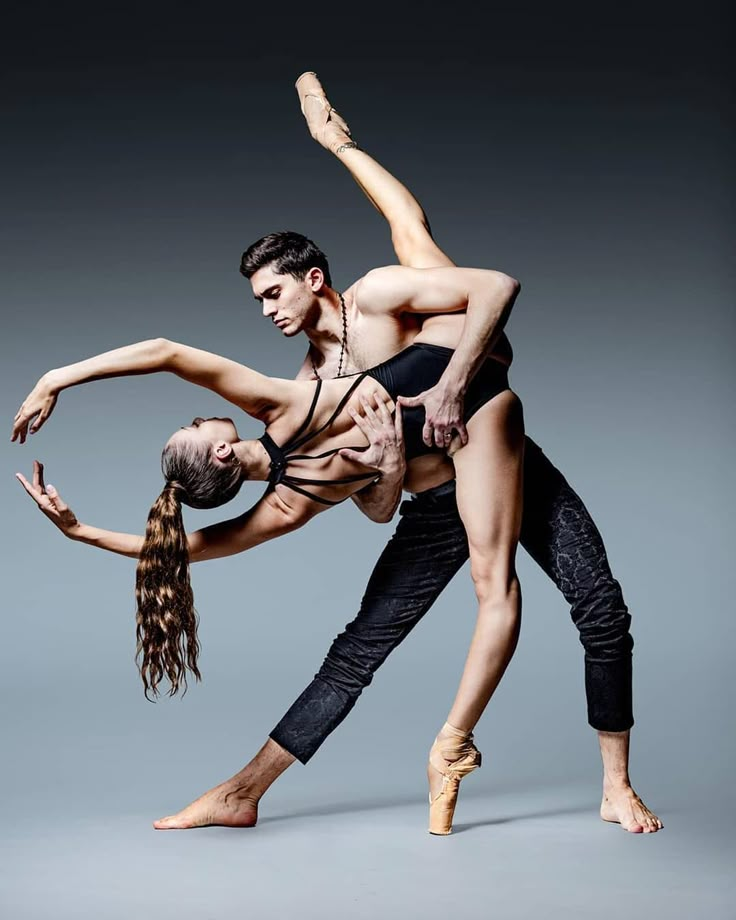 The Cuban dance was introduced to the country in the '30s, and since then has taken a life of its own by prevailing in many parts of Latin America and beyond.
The Cuban dance was introduced to the country in the '30s, and since then has taken a life of its own by prevailing in many parts of Latin America and beyond.
In this dance the body appears to be quite limber with the hips sensually gyrating as arms also sway in harmony to the tempos of mambo music. In addition to the graceful techniques of the mambo, the attitude of the dance plays a great part when conveying the sensuality of the dance.
New Zealand: Maori Haka Dance
Loud chanting, terrifying gazes and vigorous stomping usually indicate that something is about to go down. And if you’re in New Zealand to witness this extreme performance, you’ll see that loud ruckus is none other than the Maori Haka Dance.
In its earliest days, the dance was a way for warriors to show their dominance to their opponents. Much of the dance has endured the test of time, making the Maori Haka dance a form of entertainment and a greeting no visitor can ever forget. Even women and children are known to get in on the action by performing their best haka.
Even women and children are known to get in on the action by performing their best haka.
So if you’re ever in New Zealand and a group of crazy looking men begin grunting and shouting furiously, don’t run away because that’s just their way of formally welcoming you into their beautiful country.
Read More: Before trying out your best worldwide dance moves, you'll definitely want to learn how to say "Hello" wherever your are. And if you work up an appetite on the dance floor, check to make sure you know how to eat like a local.
How to dance around the world. Launch! Quick start for your business
How to dance around the world. Launch! Quick start for your businessWikiReading
Launch! Quick start for your business
Jeff Walker
Contents
How to dance around the world
Sebastian Knight was born on the island of Guadeloupe in the Caribbean and now lives in France.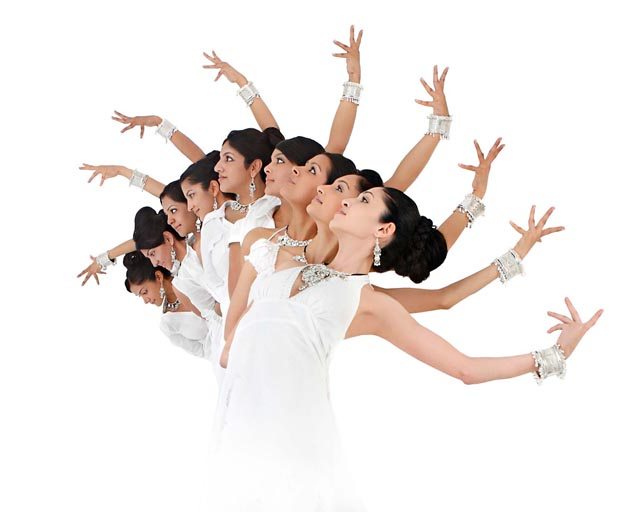 He first came to my training in 2010. From now on he uses PLF to develop your own business. Initially, he worked in the French-speaking "dating advice" market, teaching timid men how to ask girls out on dates. Ultimately, Sebastian became involved in teaching French speakers how to start an online business. Now he is called the "French marketing specialist". Sebastian has made dozens of launches and created a serious business. In fact, he is one of the most visible online publishers in the French-speaking world.
He first came to my training in 2010. From now on he uses PLF to develop your own business. Initially, he worked in the French-speaking "dating advice" market, teaching timid men how to ask girls out on dates. Ultimately, Sebastian became involved in teaching French speakers how to start an online business. Now he is called the "French marketing specialist". Sebastian has made dozens of launches and created a serious business. In fact, he is one of the most visible online publishers in the French-speaking world.
Like any entrepreneur, he worked hard to get where he is today. At the same time, he was able to organize an incredible life for himself. Sebastian's culmination to date has been the opportunity to fulfill two of his fiancée's longtime dreams of dancing and traveling the world.
Last year, Sebastian spent six months traveling with Cecile, and they danced all the time. They have visited Australia, Brazil, India, Argentina, South Africa, Thailand, Durango and New York. In India, Sebastian proposed to Cecile and she said yes!
In India, Sebastian proposed to Cecile and she said yes!
During the trip, Sebastian worked one day a week. His business, like mine, is completely virtual, so you can do it from anywhere. One of his launches brought money for the trip. Similarly, he is going to pay for two magnificent weddings (with the same bride, but one in France, the other in Guadeloupe).
The thing is, if you take Sebastian aside, he will tell you the most impressive part of his story. All his friends and relatives, who saw his success, followed his example and created various businesses for themselves[20].
This text is an introductory fragment.
Everything has its place
Everything has its place Let's talk about the moments when you leave the apartment or return home. You leave the house (or office). Perhaps you are late. Maybe you know where the keys are, maybe you don't. They can be in your purse, on your desk, or in the pocket of the clothes you
You leave the house (or office). Perhaps you are late. Maybe you know where the keys are, maybe you don't. They can be in your purse, on your desk, or in the pocket of the clothes you
Everything has its place
Everything has its place As I already mentioned, especially given the limited space of the cabin, the application of this principle will ensure you success in putting things in order and then maintaining it. Find and put together homogeneous objects and allocate a specific
for each groupEverything has its place
Everything has its place This principle is the foundation of the organization of any objects, in particular the organization of sentimental gizmos and souvenirs. It is worth emphasizing this again. This principle should be applied steadily and consistently, not reserving it for special purposes.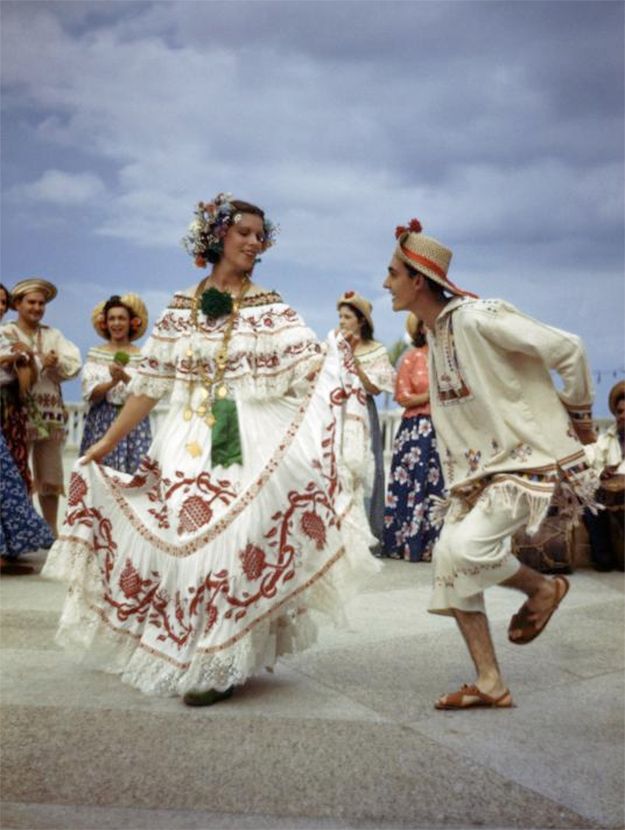 0003
0003
Everything has its place
Everything has its place Let's apply the principle already familiar to us to photographs. First, you need to find old developed films and their corresponding pictures (they can be hidden in the far corners of the desk, on bookshelves or lying around in the most unexpected places in your house) and
Everything has its place
Everything has its place Perhaps these two rules are even more important for electronic files and letters than for home or office. “All things in their place” and “like to like” are the principles that will help us organize computer files and keep track of income and
Everything has its place
Everything has its place When new things appear in the house, they do not yet have their own place. Your task is to find a suitable shelter for the “newcomers” as soon as possible, comfortable enough, cozy and not overcrowded with other residents. When a new thing does not replace the old,
Your task is to find a suitable shelter for the “newcomers” as soon as possible, comfortable enough, cozy and not overcrowded with other residents. When a new thing does not replace the old,
Chapter 7 Return to peace in war?
Chapter 7 Return to peace in war? In 2014, 100 years have passed since the beginning of the First World War, or the Great War, as it was called in those days. It is difficult not to draw parallels with our days {175}. Then globalization was in full swing, fueled by ever faster transport
21.5. Central counterparties around the world
21.5. Central counterparties around the world Tensions among the leading G20 countries in 2010 failed to slow the rapid spread of CCP clearing outside developed countries. High economic growth, rapid development
FIRST IT WOULD BE NICE TO STABILIZE THE SITUATION IN THE COUNTRY, AND THERE IT IS POSSIBLE TO OFFER SOMETHING TO THE WORLD
FIRST, IT WOULD BE NICE TO STABILIZE THE SITUATION IN THE COUNTRY, AND THERE IT IS POSSIBLE TO OFFER SOMETHING TO THE WORLD “Most countries have found that blunders - mistakes made by a number of states - have led to serious problems. The share of the American financial market and
The share of the American financial market and
dance
Dance Advantages: Constant good physical shape; Cheerfulness; Opportunity to earn extra; A charge of positive energy received from an enthusiastic audience. Disadvantages: Earnings may not always be stable. Required skills: Skill is good
Level of competition, search volume worldwide and by target region, estimated CPC and local search trends
Level of competition, search volume globally and by target region, estimated CPC, and local search trends The first column, as seen in Fig. 3.11 reflects the relative level of competition. It's not in Google's policy to show how many users
Tell your story to the world
Tell your story to the world Once you find a story and embark on a project—be it a business, a charity, or even a job search—the question becomes: how do you get the story across? The most important thing is to promise yourself to tell it at
Step 5: Reach out to the entire
team Step 5.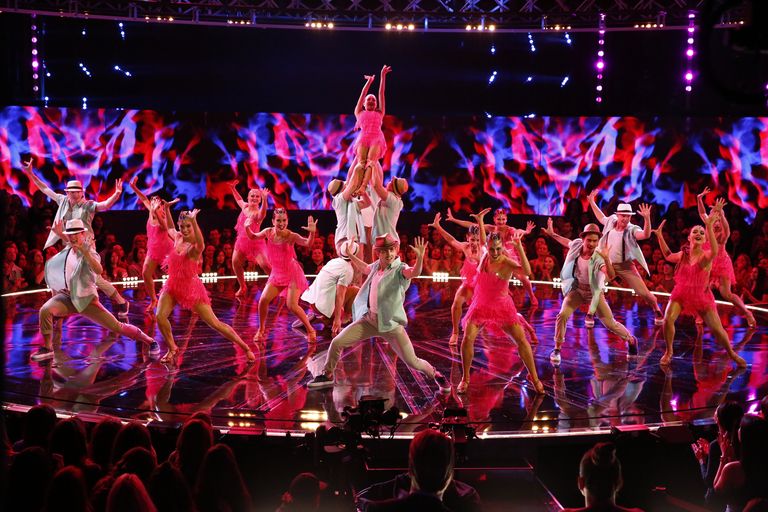 Reach out to the whole team Before making a downsizing, the CEO should address all employees of the company and state the main reasons for what is happening. If you build this appeal correctly, it will be much easier for managers to do their job. Remember
Reach out to the whole team Before making a downsizing, the CEO should address all employees of the company and state the main reasons for what is happening. If you build this appeal correctly, it will be much easier for managers to do their job. Remember
How to learn to dance: video lessons for those who are not afraid to try
January 28, 2017LikbezSports and Fitness
If you decide to learn how to dance, do not delay. Just repeat after the instructors the basic movements of modern, street, ballroom and social dances.
Iya Zorina
Author of Lifehacker, athlete, CCM
Share
0Answers to the main questions
Is it difficult to learn to dance?
It's really no more difficult than anything else you're new to. Dance directions are very different from each other.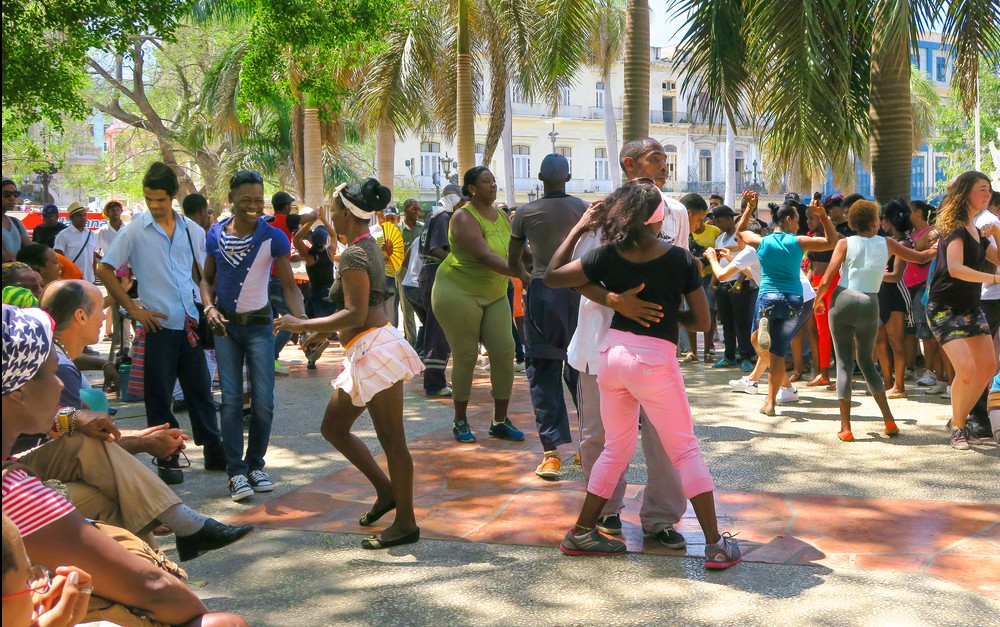 Even if you have mastered one of them, it will be unusual for you to do the other.
Even if you have mastered one of them, it will be unusual for you to do the other.
However, all dances are connected with the ability to control one's body. And if this is not new to you (for example, you were engaged in martial arts, gymnastics, swimming, and even more so dancing), it will be easier for you to adapt to new movements than a beginner who is not friendly with his body.
Even if you have a rather wooden body, you should not despair. The secret of success is constant practice.
Learning to dance from video lessons is more difficult than from courses. If your body is flexible and obedient, you can still do something similar to the movements of the instructor from the video. If not, you can quickly become disillusioned with dancing: the difference between what is shown in the video and what you will see in the mirror will be too strong.
Still worth a try. At least in order to determine the appropriate direction.
How many times a week do you dance?
At first, muscles may ache after exercise.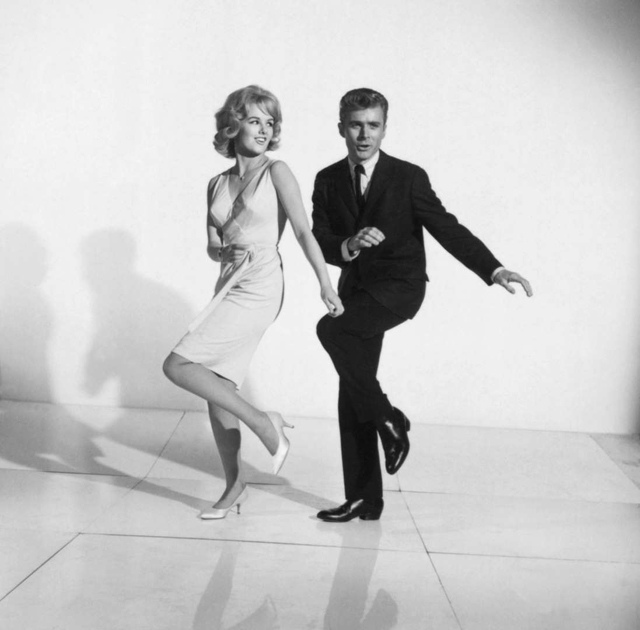 But, unlike strength training or running, the body does not require a recovery period.
But, unlike strength training or running, the body does not require a recovery period.
Therefore, you can safely practice dancing all the time. One of my teachers said to dance 25 hours a day. In any case, the more you dance, the more noticeable the progress.
How to learn to dance modern dances
From this direction we have chosen three types that can often be found in the schedules of fitness clubs and dance schools. And the first - plastic and insanely beautiful contemporary.
Contemporary
Abel M/Flickr.comContemporary combines elements of modern jazz, yoga and martial arts, seasoned with improvisation and attention to breathing. This is freedom and plasticity - the natural beauty of movement.
Here is a clip with a contemporary combination. Give it a try, just be sure to warm up and stretch well before you teach.
And here is the second part:
By the way, about the warm-up. In the video below - a full lesson with a warm-up, stretching and analysis of the combination. In English, but everything is clear and without translation.
If you don't have time to repeat or consider how some movement is done, set the speed to 0.25.
If you like combinations but can't repeat them yet, here are some more videos of routine contemporary lessons.
You will most likely have to do the same at the dance school before you can perform beautiful combinations.
Strip plastic
imperiamarket.by Many people confuse pole exercises and strip plastic.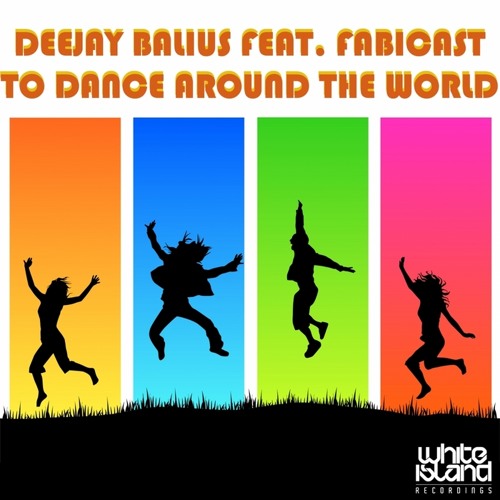 The second is just a sensual dance that can be performed without a pole.
The second is just a sensual dance that can be performed without a pole.
Doing strip plastic, you will not stand at the barre and pull the toe. Everything here is based on the natural sexuality of the female body. Of course, many teachers diversify strip plastic with elements of contemporary or modern, Latin American dances and other areas, but it all depends on the teacher.
How beautiful your dance will look again depends on how well you know how to control your body, how mobile your joints are and how stretched your muscles and tendons are.
In the video below there is an analysis of the combination. Not too simple, but very sensual and beautiful. And you don't have to move on the floor, so your knees don't get hurt.
And here is a playlist with strip plastic lessons from different dance schools. There are both individual movements and combinations.
And one more, simpler combination. Try it if the first one doesn't work.
Belly dance (bellydance)
·júbilo·haku·/Flickr.comThis is a sensual and beautiful dance that, among other things, helps to develop plasticity and even get rid of some health problems.
There are a lot of belly dance lessons on YouTube. Below are some of them.
The basic movements are explained here very clearly:
And the second part:
Below is a playlist with five lessons for beginners from another teacher.
How to learn to dance street dancing
Hip-hop
pinterest.comHip-hop has only been around for about 50 years. But during this time, many trends and styles have appeared, with different elements, plasticity, and special features.
In addition, modern hip-hop is often complemented by movements from other dance styles, which provides even richer vocabulary and original combinations.
But before you come up with your own combinations, you need to master the basics. In the playlist below you will find basic moves, steps and many combinations. They explain everything in an accessible way. If you can't make it, slow down the video speed.
The videos in the next big playlist explain the concepts of inertia, manipulation and isolation in hip-hop. There's also a story about improvisation, battle behavior if you're up for it, and a few variations of ground hip-hop moves (on the floor) to diversify your combinations.
There's also a story about improvisation, battle behavior if you're up for it, and a few variations of ground hip-hop moves (on the floor) to diversify your combinations.
Breakdancing
Colonne/Flickr.comBreakdancing consists of different elements: tricks and power movements on the floor, waves, fixations, and also changes in the levels at which the dance is performed.
Here on this channel there is training in different styles: Waving, King Tut, Robot, - analysis of the technique of power elements and basic movements at different levels.
Below is a video detailing the 6 steps element from Footwork.
And here you can see how the "turtle" is performed.
Here is a voluminous playlist, in which there are quite a lot of breakdance elements with a detailed analysis of the technique of dance and strength elements.
Twerk
Lauren Wood/Flickr.comA sexy dance in which you need to actively work the buttocks, hips, stomach and arms. In this playlist you will find several lessons with analysis of twerk movements.
How to learn to dance ballroom dancing
Waltz
vimbly.com At least once in your life you will surely need a waltz. Moreover, it is not so difficult to dance it at an amateur level.
Here are four good lessons that will teach you how to hold your hands and do the basic waltz steps in pairs or individually.
How to learn to dance social dances
Social dances are not designed for competition, but for communication between partners and enjoyment. Improvisation is welcome here, through which the dancer can express himself, his feelings and emotions.
Bachata
pinterest.comThis dance comes from the Dominican Republic. He is very sensual and sometimes erotic. The basis of bachata is four steps with an emphasis on the last one. In the dance, there are rotations and throws of the partner, small lifts.
Despite the fact that bachata is a pair dance, solo combinations can also be taught. For example, if you don't have a partner yet.
In the video below - an overview of the main steps.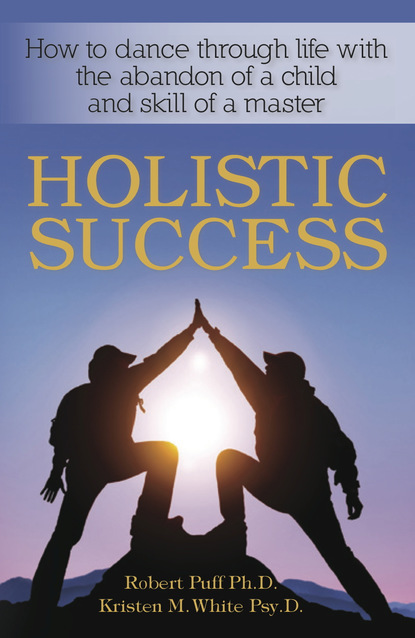 Where to transfer body weight, how to hold hands, how to focus - everything is told in the most detailed way.
Where to transfer body weight, how to hold hands, how to focus - everything is told in the most detailed way.
And here is a variation of bachata from the same teacher.
Below is a playlist for those who want to dance bachata together. These are Dominican bachata lessons from the Imagine dance school.
Kizomba
youtube.comThis is a passionate couple dance from Africa, more specifically from Angola. Now it is performed all over the world and is especially popular in France and Portugal.
Steps, lots of hip work and close contact with partner. Sometimes very tight.